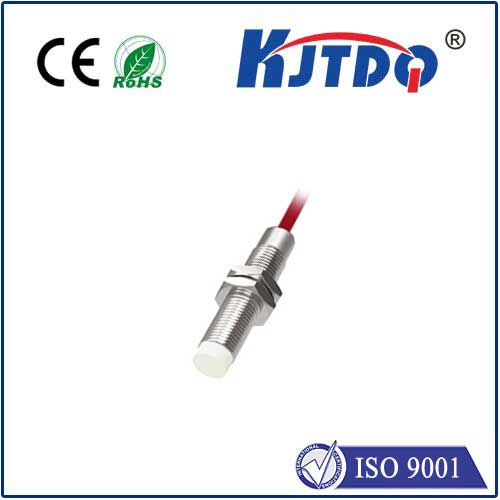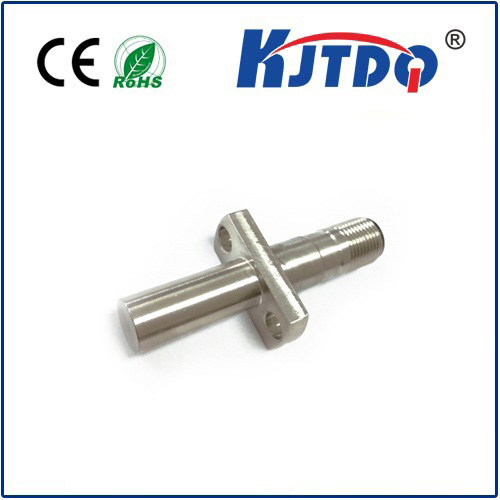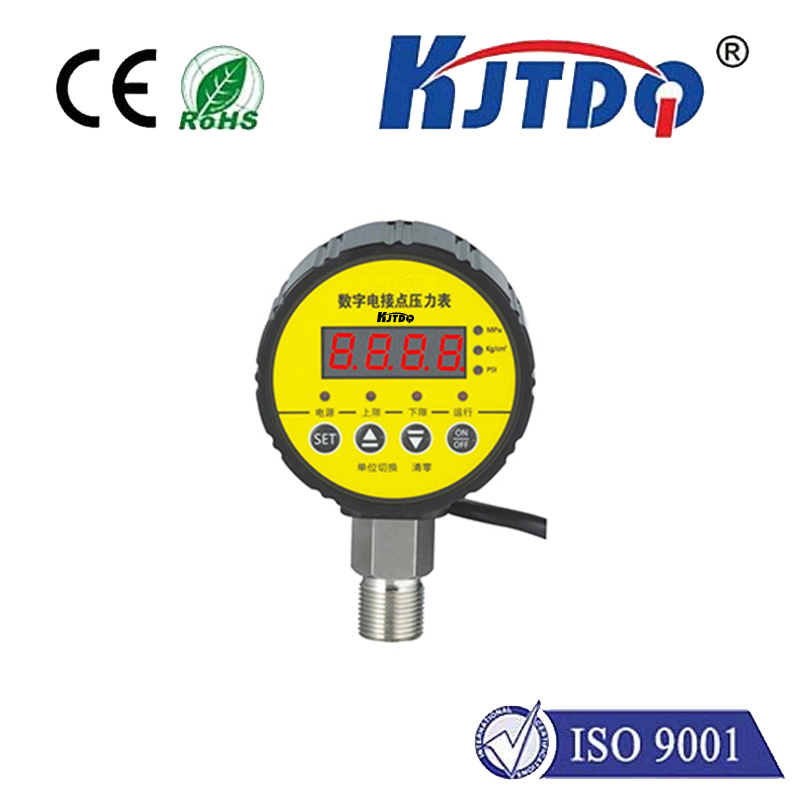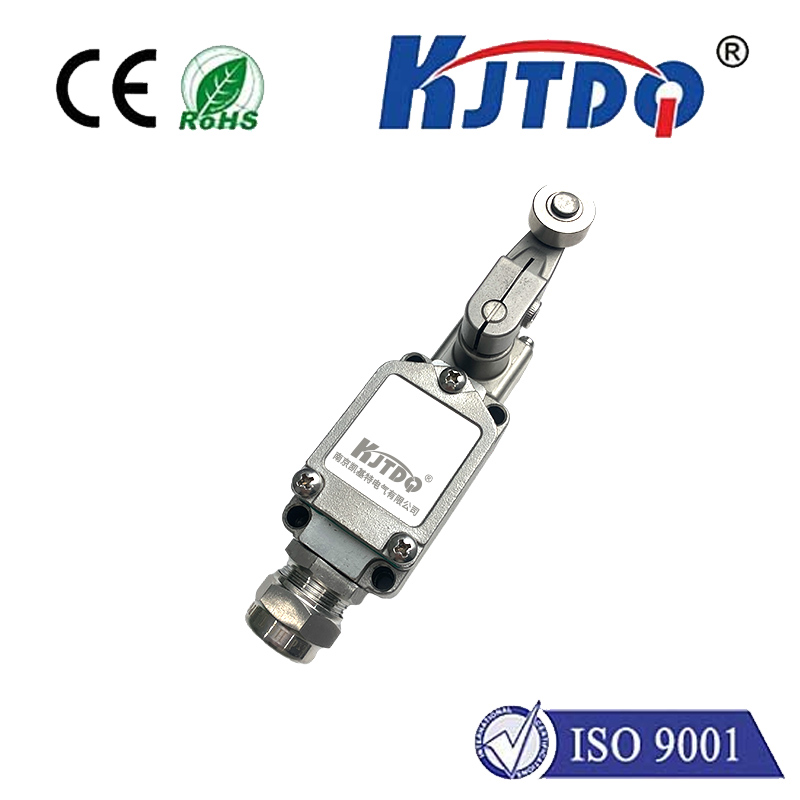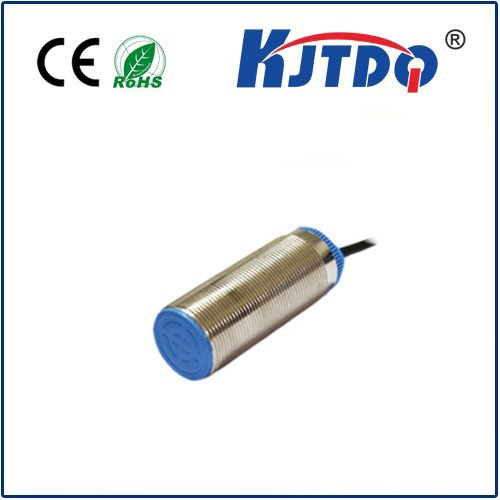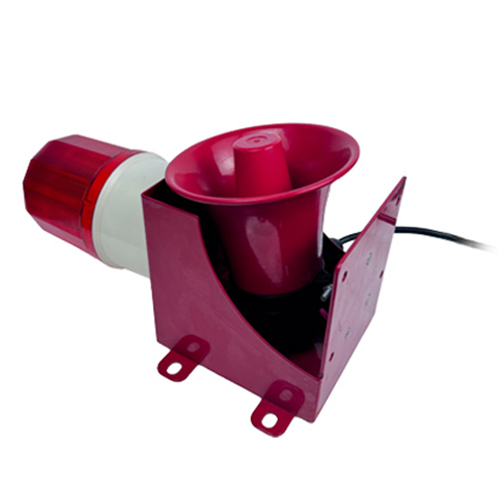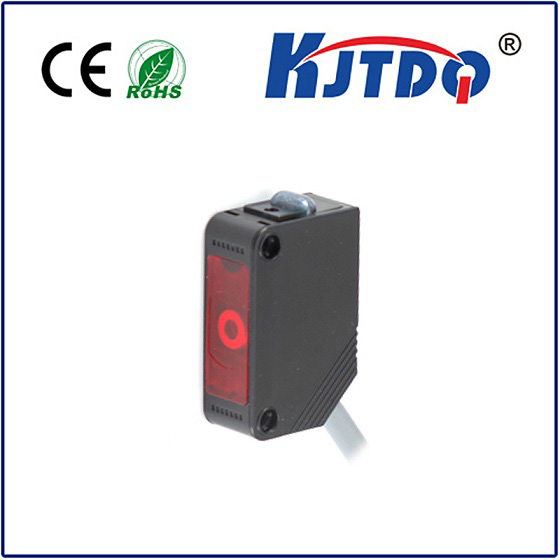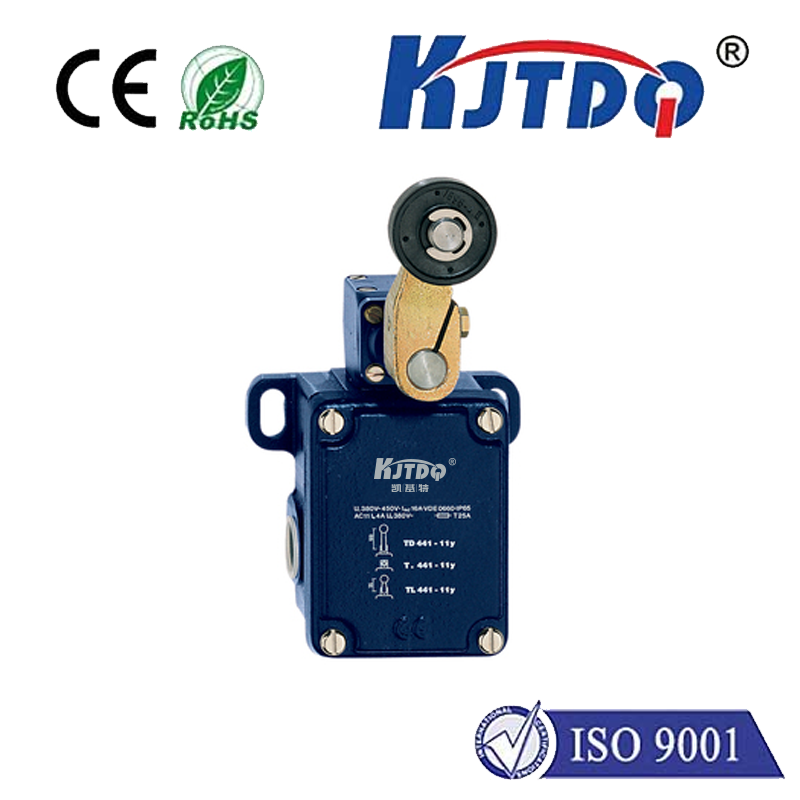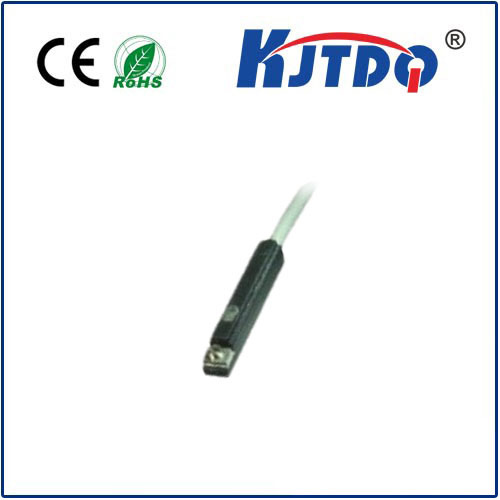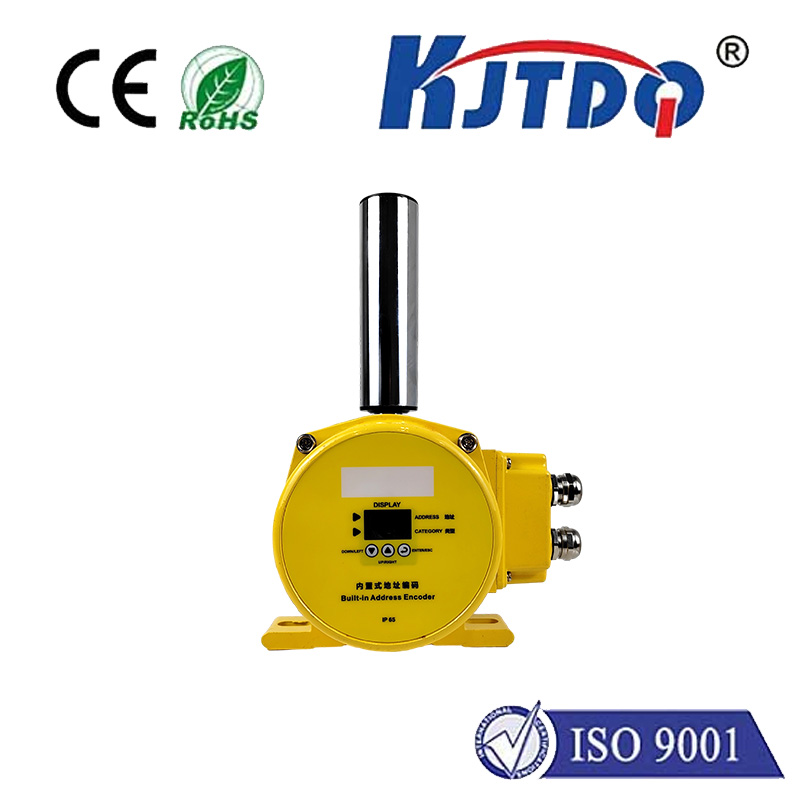p & f proximity sensor
- time:2025-09-08 00:52:50
- Нажмите:0
Pepperl+Fuchs Proximity Sensors: The Unseen Guardians of Industrial Automation
In the complex symphony of a modern factory, manufacturing line, or processing plant, countless critical actions happen unseen and unheralded. Parts are positioned with micron precision, robotic arms move fluidly, safety barriers activate instantly. Enabling much of this seamless operation is a fundamental technology: the proximity sensor. And within this realm, Pepperl+Fuchs (P+F) stands as a benchmark for reliability, innovation, and robust performance. P+F proximity sensors are truly the unsung guardians of industrial automation.
Understanding the Core Function: Detecting Presence Without Contact
At its heart, a датчик приближения is a non-contact device. It detects the presence or absence of an object, or measures the distance to that object, without physically touching it. This is achieved through various physical principles. P+F excels in producing high-quality sensors primarily based on two key technologies:
- Inductive Proximity Sensors: These are the workhorses, designed to detect metallic objects. They generate an electromagnetic field. When a metal target enters this field, it induces eddy currents within the target. This causes a measurable change in the sensor’s oscillation amplitude, triggering its output switch. Inductive sensors are incredibly robust, immune to dust, dirt, moisture (depending on housing), and unaffected by surface conditions like oil or paint – making them ideal for harsh industrial environments.
- Capacitive Proximity Sensors: These sensors detect both metallic and non-metallic objects (liquids, plastics, wood, glass, etc.). They generate an electrostatic field. Any object entering this field alters the sensor’s capacitance, triggering the output. Capacitive sensors are essential for applications involving material level detection in tanks (liquid or granular solids), presence detection of non-metallic parts, or detecting through non-metallic walls.
Why Pepperl+Fuchs Proximity Sensors Command Respect

While the basic operating principles are widely understood, P+F distinguishes itself through consistent excellence in execution and continuous innovation:
- Uncompromising Reliability: Industrial automation demands sensors that work consistently, shift after shift, year after year. P+F builds its reputation on this bedrock. Their sensors are engineered for extreme environments – resistant to shock, vibration, aggressive chemicals, and wide temperature ranges. This translates directly to minimized downtime and reduced maintenance costs.
- Exceptional Sensing Range and Precision: P+F constantly refines its sensor designs. Their индукционный датчик often offer extended switching distances compared to standard models, providing more flexibility in mounting. Advanced electronics ensure precise and stable switching points, crucial for applications requiring exact positioning.
- Unparalleled Safety Expertise: Safety is paramount in industrial settings. P+F offers a dedicated range of proximity sensors specifically certified for functional safety (SIL 2/PL d, SIL 3/PL e according to IEC 61508/IEC 62061/ISO 13849). These sensors are vital components in safety door monitoring, guard locking systems, and emergency stop circuits where failure is not an option.
- Innovation Beyond the Standard: P+F doesn’t just make sensors; they develop solutions. Think IO-Link enabled proximity sensors, transforming a simple switch into a smart device providing diagnostics, parameterization data, and process values back to the control system. Imagine sensors with temperature monitoring, teach-in capabilities for easy setup, or innovative form factors designed for space-constrained applications.
- Robustness in Harsh Conditions: From IP67 (dust-tight and protection against temporary immersion) to IP68/IP69K (continuous immersion/high-pressure cleaning) protection ratings, and specialized metal or PBT housings, P+F sensors are built to survive where lesser components fail. Corrosion resistance is a key feature, especially in food & beverage or chemical industries.
- Global Support and Technical Expertise: Choosing P+F means accessing a vast global network with deep technical knowledge and readily available support, ensuring you find the optimal sensor solution and receive assistance when needed.
Where P+F Proximity Sensors Make the Difference
The applications are vast and critical across every industrial sector:
- Position Sensing: Detecting cylinders at end positions, verifying part presence in fixtures or on conveyors, confirming tooling positions. Reliable detection directly impacts cycle time and product quality.
- Machine Safety: Integrating into safety relays and controllers to monitor guard door positions, access points, and zone protection – safeguarding personnel.
- Object Counting: Tracking parts on high-speed assembly lines or packaging machinery.
- End-of-Travel Detection: Signaling when moving components (like robot arms or slides) reach their limit.
- Material Level Detection: Capacitive sensors ensuring tanks don’t overflow or run dry, monitoring bin levels for bulk materials.
- Speed Monitoring: Sensing teeth on gears or passing objects to monitor rotational speed.
- Automotive Manufacturing: Every stage, from stamping to final assembly, relies on thousands of proximity sensors for positioning, verification, and safety.
Selecting the Right Sensor: Beyond the “P&F” Label
While specifying a “P+F proximity sensor” is a great start, achieving optimal performance requires considering specific parameters:
- Detection Principle: Do you need to detect metal (inductive) or almost anything (capacitive)?
- Switching Distance: The required operating distance to the target.
- Target Material and Size: Especially critical for inductive sensors (ferrous/non-ferrous, target dimensions).
- Environmental Conditions: Temperature extremes, exposure to chemicals, water, oils, or cleaning processes? Housing material (e.g., nickel-plated brass, stainless steel) and IP rating are crucial.
- Electrical Requirements: Supply voltage (DC or AC), output type (NPN/PNP, NO/NC).
- Physical Dimensions and Mounting: Flush or non-flush mountable? Threaded barrel or block style?
- Special Requirements: Do you need IO-Link communication, safety certifications, extreme temperature tolerance, or high resistance to welding fields?
Выводы
Pepperl+Fuchs proximity sensors represent more than just components; they embody the principle of reliable non-contact detection essential for modern industry. Their blend of ruggedness, precision, safety focus, and innovative features makes them the preferred choice for engineers seeking to maximize uptime, ensure safety, and build resilient automation systems. From simple part presence to complex safety chains and smart factory applications, P+F’s unseen guardians work tirelessly, providing the fundamental feedback that keeps the industrial world moving efficiently and safely. Choosing the right sensor for the job, especially one built to P+F standards, is an investment in operational excellence.

